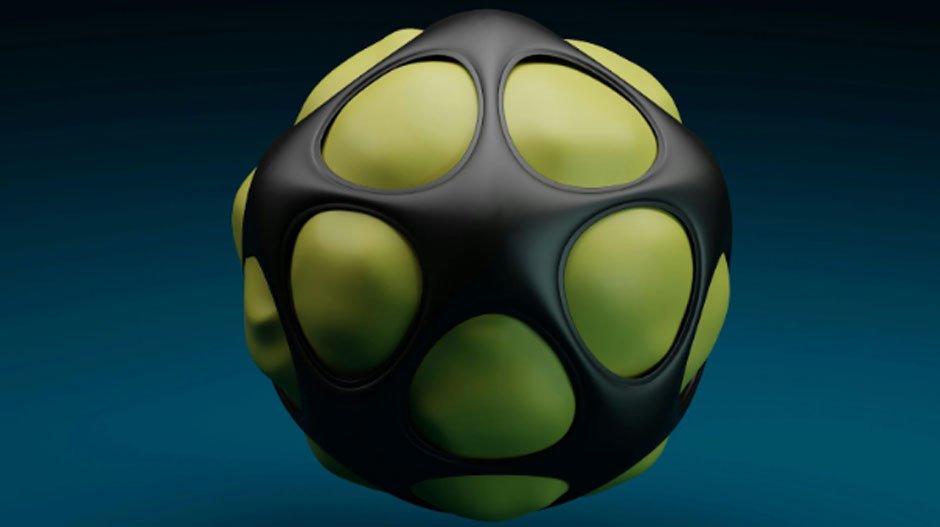How to Use 3D Design for Powerful Brand Visualisation?

Introduction
3D design involves creating digital models in a simulated three-dimensional world. These designs may be changed, rotated, animated, and added to digital landscapes to give realistic depth and perspective. Branding using 3D design helps tell tales by physicalising abstract ideas. Marketers may demonstrate texture, scale, and emotion to create visual and tactile experiences.
A high-end watchmaker may utilise 3D representations to show off its watches’ sophisticated mechanics, while a tech company may use it to show off difficult products in an easy-to-understand and attractive way. In any case, 3D design helps a brand show it is real and innovative, which increases attention in its message. Reliable 3D product modeling services bring your ideas to life with realistic, high-quality digital representations.
The Role of 3D Design in Brand Storytelling
Every excellent brand has a story, and 3D design is one of the finest methods to tell it. Instead of flat visuals, 3D design may immerse viewers in the brand story. Realistic texturing, lighting, and animation may reveal brand emotions that match their mission.
Consider how a sustainable fashion company may utilise 3D animation to explain how organic cotton fields become finished clothing. This tale connects and builds trust, not just sells products. Car businesses may use 3D visualisation to highlight how engines work or the creativity in every aspect, turning difficult engineering into beautiful art.
Creating Impactful 3D Logos and Identities
3D logos and other identification pieces are a simple method for firms to use 3D design. A flat sign becomes more vibrant with a 3D logo. Light, texture, and perspective make a logo touchable and enjoyable.
Tech companies may utilise metallic finishes and subtle animations to appear smart and inventive. Lifestyle or entertainment firms might use fluid, dynamic forms to express creativity and vitality. Logos appear nicely in animated video intros, augmented reality filters, websites, and mobile apps because 3D design is versatile.
Combining depth and motion with brand consistency is the key to success. A good 3D logo must reflect the company’s values and traits. Instead of replacing the brand, fresh ideas will familiarise it.
Enhancing Product Visualisation through 3D Modeling
Perhaps the most essential use of 3D design in branding is product visualisation. E-commerce shoppers occasionally buy without touching, therefore realistic 3D models are helpful. High-quality 3D models let customers examine things from all angles, zoom in, and alter colours or features in real time.
So much engagement increases the likelihood of buying anything. A furniture business may employ 3D augmented reality to show customers how a couch might appear in their home. Cosmetics companies may use 3D designs to depict how new products will appear, feel, and be packaged.
More than marketing, 3D modelling simplifies business. Product designers, marketers, and stakeholders share 3D files. This reduces prototypes and speeds market entry.
Immersive Brand Experiences with 3D Animation and Motion
3D modelling makes things look real, whereas 3D animation moves them. Brand tales get life, story, and emotion from animated 3D images. TV advertising, educational videos, and online ads may use motion graphics to simplify complex ideas.
By integrating physics-based movement, changeable lighting, and sound design, marketers may create a personal visual experience. A cutting-edge IT company may use fluid, futuristic animations to demonstrate its speed and innovation. A kid-friendly company may utilise 3D animation with bright colours and friendly characters to make youngsters happy and intrigued.
Using 3D Design in Virtual and Augmented Reality
As digital experiences change, VR and AR have introduced new layers to 3D branding design. These technologies let individuals interact with corporations in virtual environments, making them hard to distinguish.
AR apps allow customers “try on” clothing, eyeglasses, and home décor before buying. Real estate developers may create 3D walkthroughs of residences that may be seen remotely. Meanwhile, auto firms use VR showrooms to help customers design and test-drive cars at home.
These connections boost brand innovation and engagement, making companies leaders in innovative technology and customer experience.
3D Design in Web and Social Media Presence
Site and social media branding using 3D design has transformed how users interact with online content. Websites with minor 3D elements like moving product displays, rotating pictures, and parallax effects look more sophisticated. When done effectively, these changes make browsing entertaining and memorable.
AR filters and 3D postings are great for social media branding. A personalised 3D filter or interactive image may become viral, reaching millions while promoting the brand. 3D visuals appear authentic and fresh in flat picture streams. They attract attention and generate conversations.
The Technical Side: Tools and Techniques for 3D Brand Visualisation
Creating stunning 3D brand visuals requires vision, technical expertise, and the right tools. Today’s prominent 3D creation tools include Blender, Cinema 4D, Autodesk Maya, and Adobe Substance. These tools allow designers to swiftly mould, texture, and render realistic objects.
Octane, V-Ray, and Redshift help create hyper-realistic lighting and material effects. More marketers are using real-time rendering technologies like Unreal Engine and Unity to build interactive web and VR experiences.
Technology helps, but strategy and design thinking make projects successful. A solid 3D graphic should tell the brand’s story, reflect its tone, and assist users achieve goals.
Conclusion
Brand strategy and communication now use 3D design, which was once a niche creative discipline. It helps firms generate actual ideas, emotionally engage with customers, and provide them experiences beyond the screen.
3D design may showcase a brand’s vision in memorable, engaging, and future-ready ways. This may be done with dynamic logos, realistic product representations, or immersive virtual worlds. Made by Cleartwo, these creative 3D visuals help brands stand out in a world where appearances make or break businesses, 3D design remains one of the finest methods to grab attention, build trust, and tell a powerful story.
Last modified:

